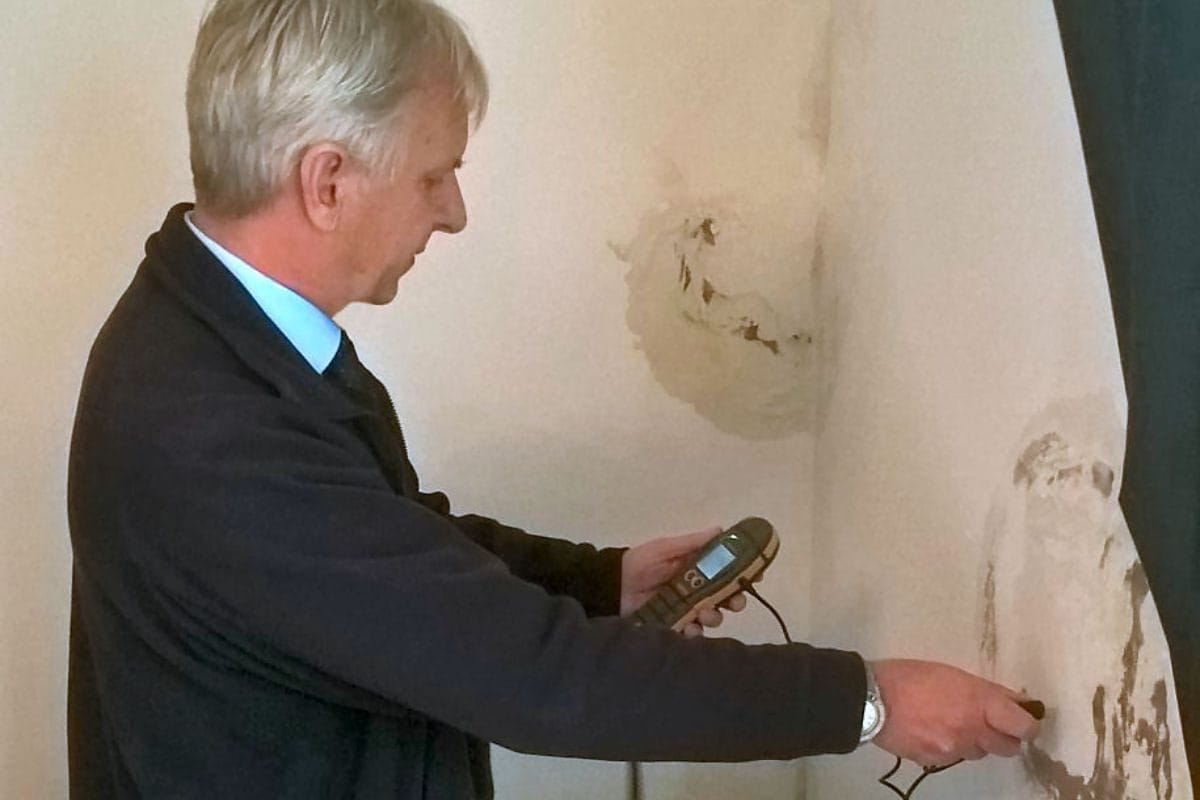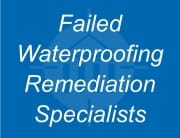Rising damp is a common problem in UK buildings and properties.
This is particularly true when it comes to older properties built before modern damp proofing methods were adopted, such as physical Damp Proof Courses (DPCs).
So, what is rising damp in buildings?
In short, rising damp is moisture penetration that occurs when groundwater travels through porous building materials, such as bricks, concrete blocks, and some stones.
This occurs due to capillary action, a phenomenon whereby liquids can travel horizontally or vertically in small spaces within materials.
Other porous materials, such as plasterwork and the timber found in floorboards and skirtings, can also absorb the groundwater, which can result in rot and an array of other issues over time.
What Problems Can Rising Damp Cause?
Rising damp can cause an array of problems, including:
Damp patches – Damp patches commonly appear at the base of the wall.
Salt deposits – Efflorescence is the process by which salt migrates to the surface of a porous material. It’s often found on the surfaces of walls when rising damp is present.
Peeling paint or wallpaper – This is down to higher water levels in your wall, loosening the paint or wallpaper.
Deterioration of plaster and brickwork – When there are high levels of moisture in your walls, this can result in crumbling and flaking plaster and brickwork.
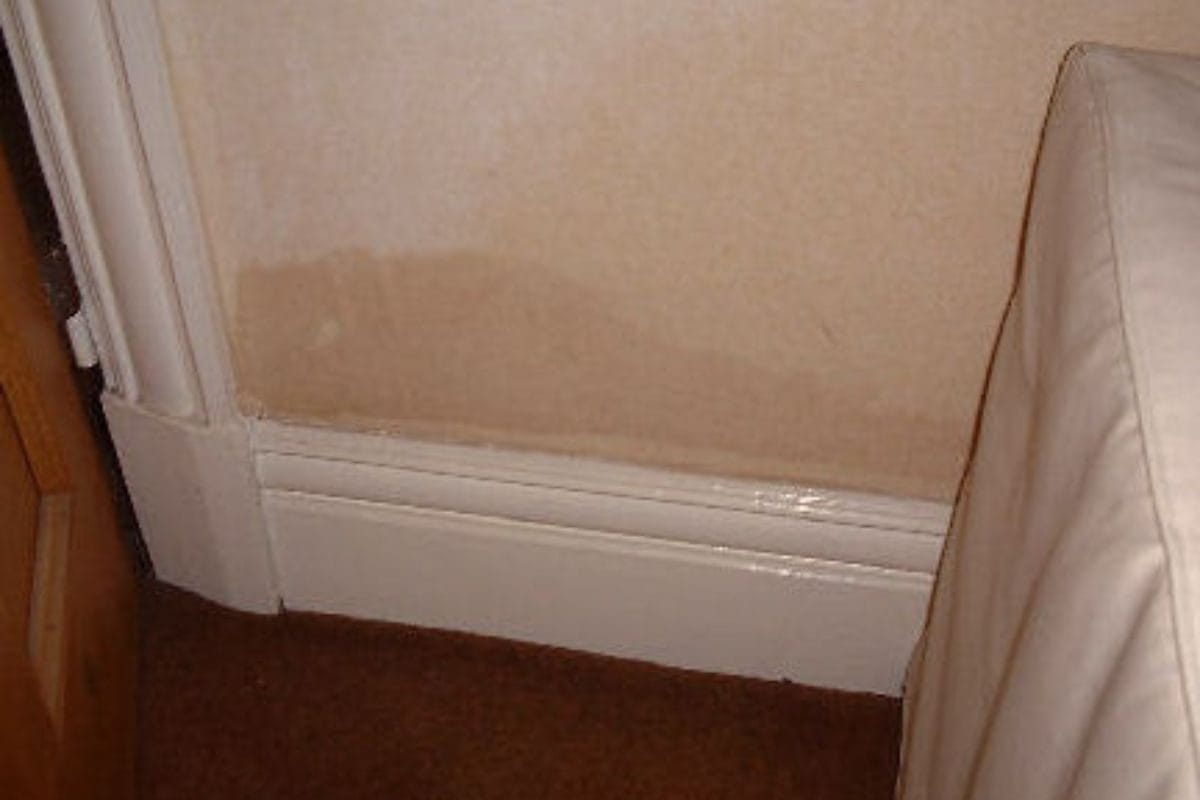
Porous materials, such as plasterwork and the timber found in floorboards and skirtings, can absorb the groundwater and result in an array of issues.
Damp Proof Courses In UK Construction
As mandated by Building Regulations, Damp Proof Courses are now a requirement when constructing new buildings to prevent rising damp and, in some cases, penetrating damp.
These regulations apply to new constructions and existing buildings undergoing certain modifications, such as renovations and extensions.
Today, modern buildings include physical DPCs, which are made from plastic or polythene membranes, bitumen or asphalt layers, or non-porous engineering bricks.
The choice of DPC material depends on a range of factors, from the age of the property to budget considerations.
That said, these physical barriers are built into the base of the wall to help ensure long-term protection against rising damp.
How Damp Proof Course (DPC) Prevents Rising Damp
A Damp Proof Course acts as a protective barrier when installed in walls to prevent moisture within a building from rising above a certain level.
A Damp Proof Course works in the following ways:
- Physical barrier – A physical DPC is a protective, horizontal barrier that is installed close to the bottom of the property’s walls to stop rising damp.
- Chemical treatment – Modern solutions involve injecting chemicals into walls to create a water-repellent layer that prevents water from rising.
- Integral waterproofing – Some newer builds are constructed with water-resistant materials to prevent moisture absorption.
Without an effective Damp Proof Course, buildings are more susceptible to rising damp.
This can lead to an array of problems, from damaging structural timbers that can threaten further damage to your property to unhealthy living conditions.
Proper maintenance and repairs carried out by damp proofing specialists are essential to prevent damp in the long term.
Get in touch with our rising damp specialists at Protectahome today to book a survey of your home.
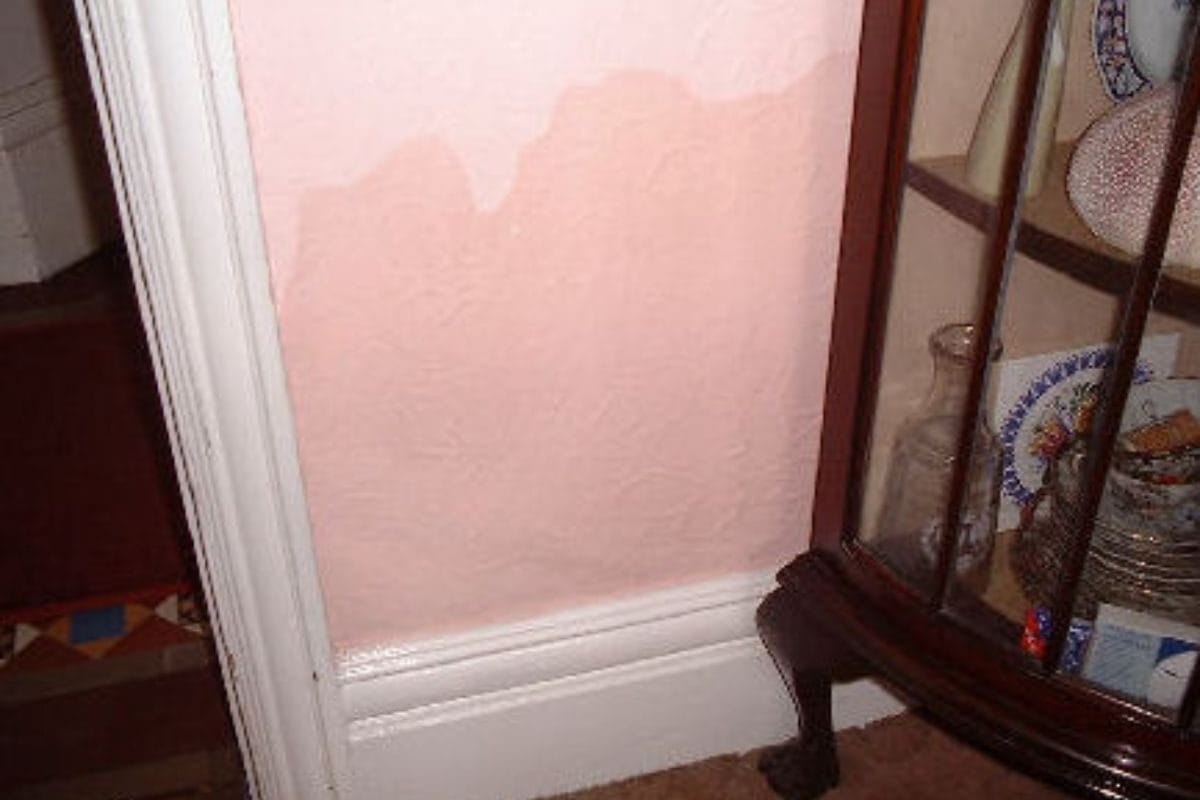
As mandated by Building Regulations, Damp Proof Courses are now a requirement when constructing new buildings to prevent rising damp and, in some cases, penetrating damp.
Can Old Houses Be Damp Proofed?
In the UK, houses are considered to be ‘old’ when they pre-date 1940.
Many Victorian and Edwardian homes, for example, were built without a physical Damp Proof Course.
Instead, these houses relied on breathable materials and thick masonry walls to help regulate the moisture levels within buildings, leaving owners of older properties without the benefits of a Damp Proof Course.
In some circumstances, a DPC might have failed over time due to earlier methods, such as slate or bitumen, that have degraded or bridged by renovations over the course of the years.
So, can old houses be damp proofed?
In short, yes, old houses and buildings can be damp proofed. Damp proofing options include, but are not limited to:
Chemical DPC Injections
This is a cost-effective damp proofing solution that involves injecting a water-repellent chemical into the wall to treat rising damp.
Internal Membrane Lining System
This involves lining the internal faces of the walls with an HDPE (High Density Polyethylene) Membrane, often with a meshed surface allowing for direct application of plaster, render or dot & dab plasterboard.
Physical DPC Retrofitting
This is when a physical layer of plastic or lead sheeting is inserted into the base of the walls.
In summary, many older homes in the UK lack a DPC or have an outdated system, making them more susceptible to rising damp.
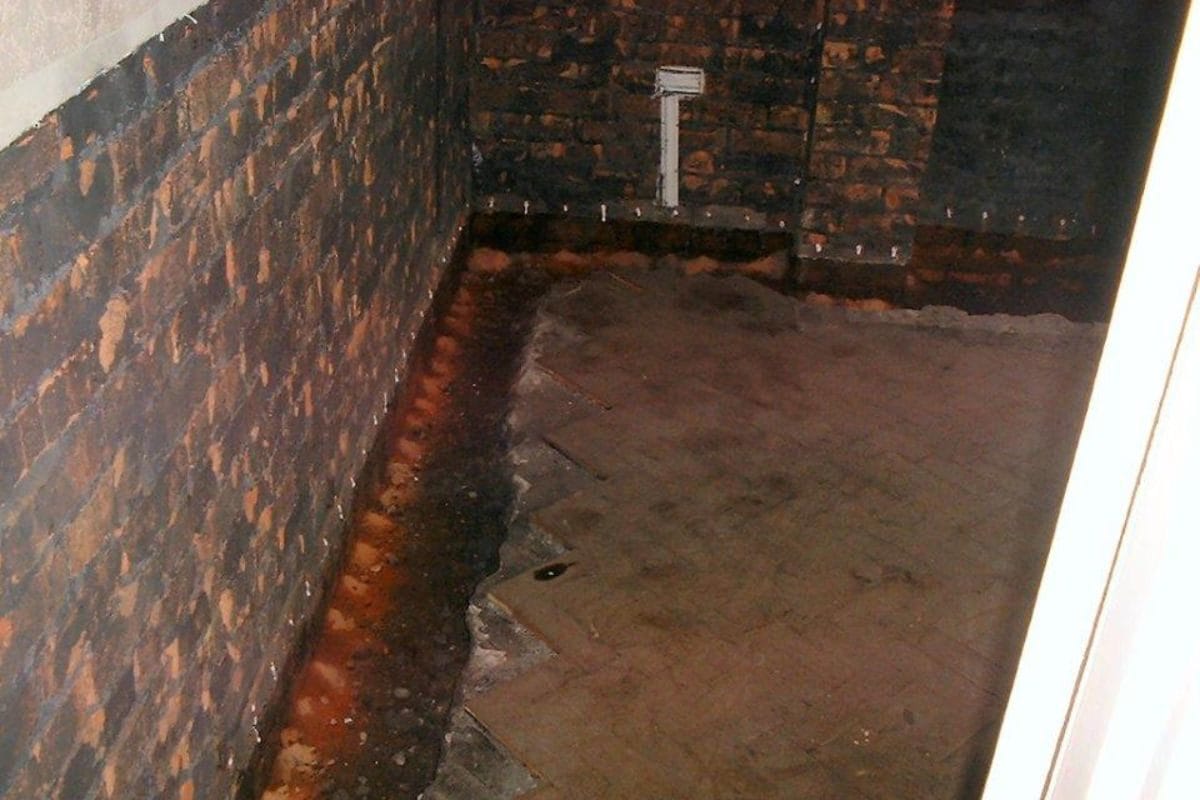
Old houses and buildings can be damp proofed. To find out what options are available to you, contact Protectahome today.
How We Can Help
If you have a rising damp problem and are looking for a damp proofing solution, Protectahome can help.
Our damp proofing specialists have over 45 years of trading and experience behind them and have a wealth of experience in damp proofing basements, cellars, and walls in an array of homes and buildings.
Contact us at 0800 055 6966 or web@protectahome.co.uk to arrange a survey of your home.

